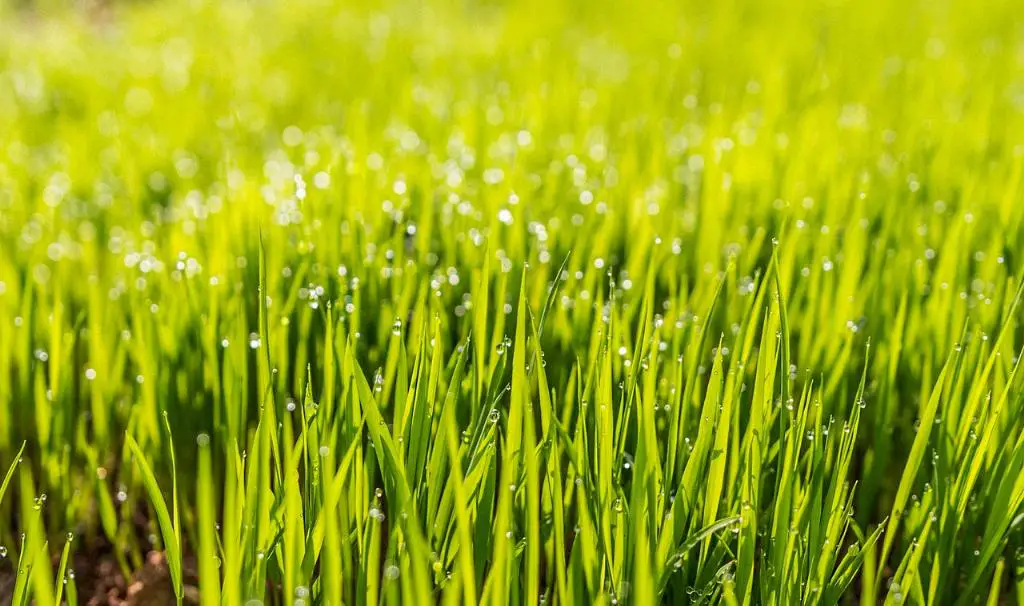Before diving into reseeding a lawn with weeds, it’s essential to prepare the area properly. Start by killing off existing grass and weeds using a herbicide that targets unwanted vegetation while being safe for the new grass seed you plan to plant. This step ensures that your new grass has the best chance to grow without competition from the existing weeds.
Choosing the Right Grass Seed
When reseeding with weeds present, selecting the appropriate grass seed is crucial. Opt for a high-quality grass seed blend that is known for its ability to choke out weeds and establish a thick, lush lawn. Look for varieties that are hardy and well-suited for the specific conditions of your lawn, such as sun exposure and soil type.
Preparing the Soil for Reseeding
Before spreading the grass seed, take the time to prepare the soil adequately. Remove any debris or dead vegetation, loosen the top layer of soil to allow for better seed-to-soil contact, and ensure proper drainage to prevent water stagnation. A well-prepped soil bed provides the ideal foundation for new grass seed to take root and thrive.
Spreading the Grass Seed
Evenly distribute the grass seed over the prepared soil area using a spreader to ensure consistent coverage. Pay special attention to areas with existing weed growth, as they may require extra seed to outcompete the unwanted plants. Follow the recommended seeding rates provided on the seed packaging for best results.
Fertilizing the Reseeded Lawn
Immediately after spreading the grass seed, apply a starter fertilizer to provide essential nutrients for the developing seedlings. A high-phosphorus fertilizer can encourage root growth and establishment, giving your new grass a strong foundation for growth in the presence of weeds.
Watering Daily for Optimal Growth
Keep the reseeded area consistently moist by watering it daily, especially during the germination and early growth stages. Ensure that the soil remains damp but not waterlogged to promote healthy seedling development. Adequate watering is key to helping the new grass establish itself and compete with weeds effectively.
Providing Continued Care and Maintenance
Even after the new grass has started to establish, continue to provide proper care and maintenance to ensure its long-term health and resilience. Regular mowing, fertilizing, and weed control measures will help maintain a vibrant and weed-free lawn for years to come.
Addressing Weed Infestations
If weeds persist despite your reseeding efforts, consider using targeted herbicides or manual removal methods to address the problem. It’s essential to tackle weed infestations promptly to prevent them from overtaking your newly reseeded lawn and hindering the growth of the desired grass species.
Monitoring Progress and Making Adjustments
Keep a close eye on the reseeded lawn’s progress and make any necessary adjustments along the way. If certain areas are struggling to establish, consider overseeding them to fill in bare spots and enhance the overall density of the grass cover. Regular monitoring allows you to fine-tune your reseeding strategy for optimal results.
Seeking Professional Advice if Needed
If you encounter challenges or have questions about reseeding your lawn with weeds, don’t hesitate to seek professional advice from lawn care experts or local extension services. They can offer tailored recommendations and solutions to help you achieve a healthy and weed-free lawn through effective reseeding practices.
Enjoying the Fruits of Your Reseeding Efforts
With proper preparation, care, and attention to detail, reseeding a lawn with weeds can lead to a lush and vibrant grass cover that enhances the beauty of your outdoor space. Embrace the journey of nurturing your newly reseeded lawn and take pride in the transformation it undergoes as weeds are gradually replaced by healthy, vigorous grass growth.

